How Was Hafnium Discovered
The Discovery of Hafnium
In 1923, the Swedish chemist Hervey and the Dutch physicist D. Coster discovered the element Hafnium in zircon produced in Norway and Greenland. It was named Hafnium, with its name derived from the Latin term Hafnia associated with Copenhagen. In 1925, Hervey and Coster separated zirconium and titanium by employing fractional crystallisation of fluoride complexes to obtain pure Hafnium salts. Hervey produced several samples of pure Hafnium metal.
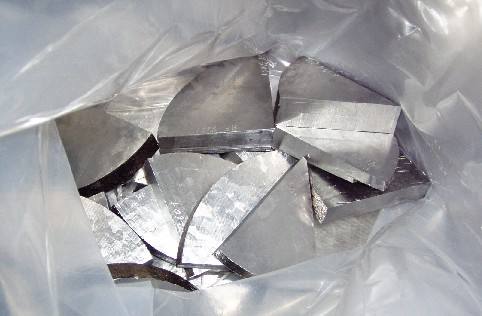
In 1998, Professor Carl Collins of the University of Texas observed that irradiating Hf 178m2 with gamma rays released energy at levels five orders of magnitude higher than those produced by a chemical reaction, yet three orders of magnitude lower than those recorded for nuclear reactions. Hf 178m2 is the longest-lived among the long-lived isotopes, having a half-life of 31 years. Its natural radioactivity is approximately 1 600 000 000 000 Becquerel. Collins reported that one gram of pure Hf 178m2 contains approximately 1 330 Megajoule, which is equivalent to the energy released by the detonation of 300 kilogram TNT.
Collins stated that the total energy in this reaction is emitted as X-ray or gamma radiation in a very short period, and that Hf 178m2 reacts in very small concentrations. Given that the US Pentagon provided funding for this research, the signal-to-noise ratio was low. Consequently, no scientist has been able to replicate the reaction under the conditions claimed by Collins, despite numerous experiments conducted by scientists from various organisations including DARPA and JASON Defence Advisory Group. Furthermore, Collins has not provided conclusive evidence to support his claims. In 2006, Collins proposed utilising induced gamma radiation to release energy from Hf 178m2; however, subsequent research demonstrated that this method is theoretically impossible. Hf 178m2 is not generally considered a viable energy source.
Products and Applications of Hafnium
Hafnium readily transfers electrons and is therefore utilised in several technical applications. It is used as a cathode in X-ray tubes, and HF- and W- or Mo-alloys serve as electrodes in high-voltage discharge tubes. In industry, cathodes and tungsten filaments are used for X-ray production. Pure Hafnium exhibits plasticity, ease of fabrication, high-temperature resistance and corrosion resistance; these properties render it suitable for nuclear applications. Hafnium possesses a high thermal neutron absorption cross-section and is used as a neutron absorber in control rods and safety devices within nuclear reactors. Hafnium powder is also employed as propellant material for rockets, while the cathodes for X-ray tubes in electronics are manufactured from Hafnium.
Hf-Ta alloy is used as a protective coating for rocket nozzles and re-entry vehicles, and it may also be employed as a tool material in the machining of steel and other wear-resistant materials. Hafnium is added to heat-resistant alloys—such as those based on tungsten, molybdenum and tantalum—to improve their performance. HfC, owing to its high hardness and elevated melting point, is used as an additive in cemented carbides. The compound 4TaCHfC has a melting point of approximately 4 215 °C, which is the highest among such compounds. Additionally, Hafnium can act as a getter in many inflatable systems by removing oxygen and nitrogen without releasing gas. It is frequently incorporated as an additive in hydraulic oil to reduce evaporation during high-risk operations. Due to its low volatility, Hafnium is typically used in both industrial and medical hydraulic oils.

Hafnium is also used in the newest intel45-nanometre devices. Since silicon dioxide (SiO2) can be manufactured with a reduced thickness to continuously improve transistor performance, processor manufacturers have historically used silicon dioxide as a gate dielectric. When Intel introduced the 65-nanometre manufacturing process, the thickness of the silicon dioxide gate dielectric was reduced to 1.2 nanometres, which corresponds to five atomic layers. As transistor dimensions approach atomic size, current leakage and heat dissipation issues increase, thereby causing unnecessary energy loss. Given that further reductions in current lead to a significant increase in leakage potential, transistor technology faces new challenges. To address these issues, Intel proposed replacing silicon dioxide with thicker high-K materials based on Hafnium as the gate dielectric. This change reduced leakage by more than a factor of ten. Compared with the earlier 65-nanometre technology, the 45-nanometre process nearly doubled transistor density, increased the total number of transistors on the processor and reduced chip size. Additionally, the operation of the transistors required less current, thereby reducing power consumption by almost 30%, and copper wires with low dielectric constant materials were employed for interconnects.

 Bars
Bars
 Beads & Spheres
Beads & Spheres
 Bolts & Nuts
Bolts & Nuts
 Crucibles
Crucibles
 Discs
Discs
 Fibers & Fabrics
Fibers & Fabrics
 Films
Films
 Flake
Flake
 Foams
Foams
 Foil
Foil
 Granules
Granules
 Honeycombs
Honeycombs
 Ink
Ink
 Laminate
Laminate
 Lumps
Lumps
 Meshes
Meshes
 Metallised Film
Metallised Film
 Plate
Plate
 Powders
Powders
 Rod
Rod
 Sheets
Sheets
 Single Crystals
Single Crystals
 Sputtering Target
Sputtering Target
 Tubes
Tubes
 Washer
Washer
 Wires
Wires
 Converters & Calculators
Converters & Calculators
 Write for Us
Write for Us
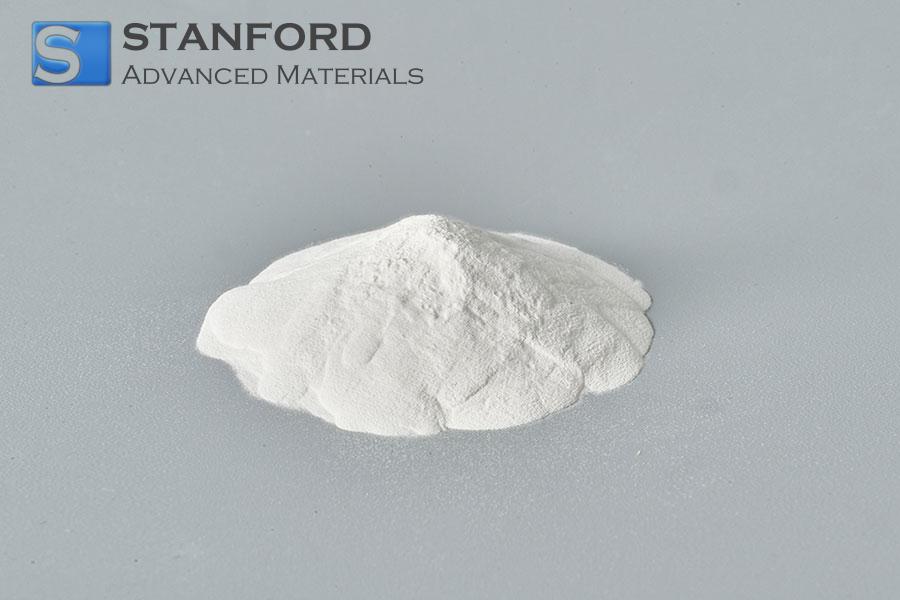
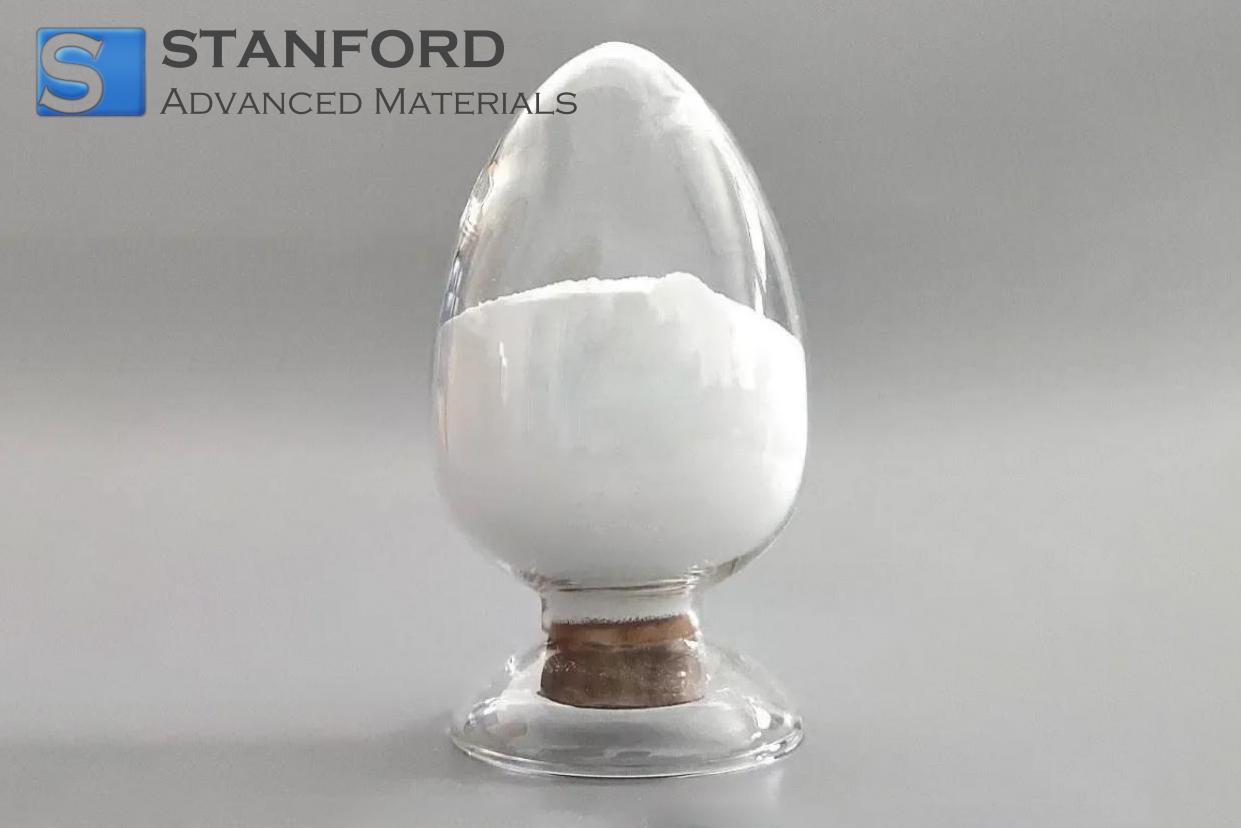
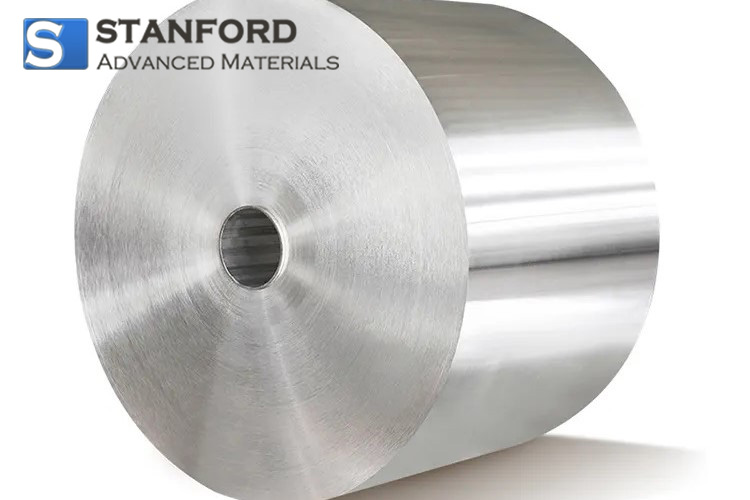
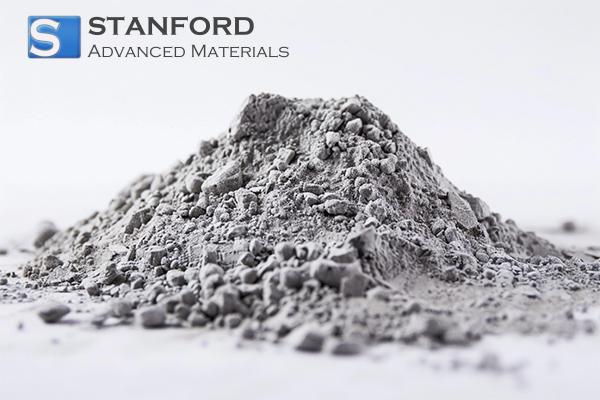
 Chin Trento
Chin Trento



